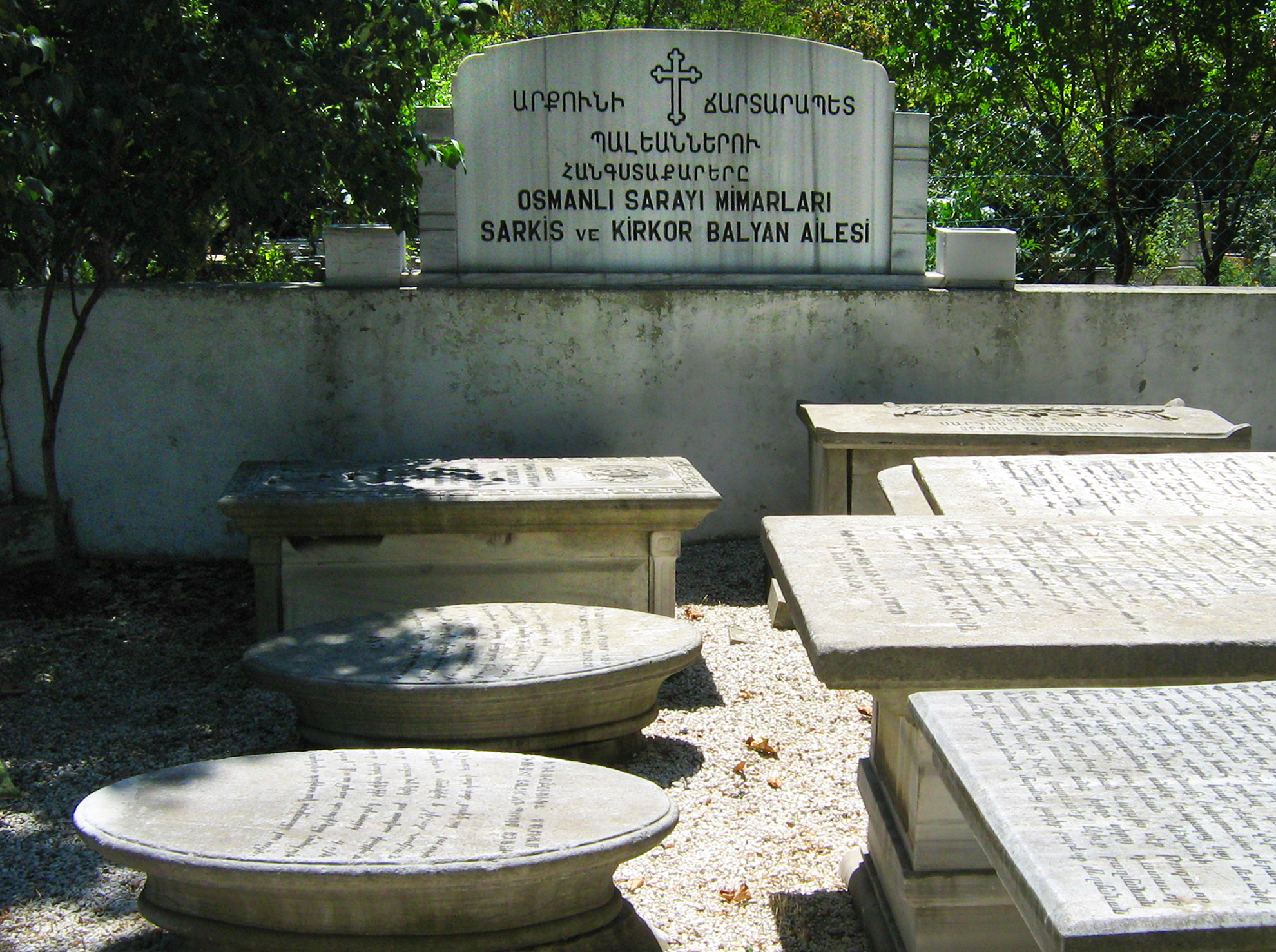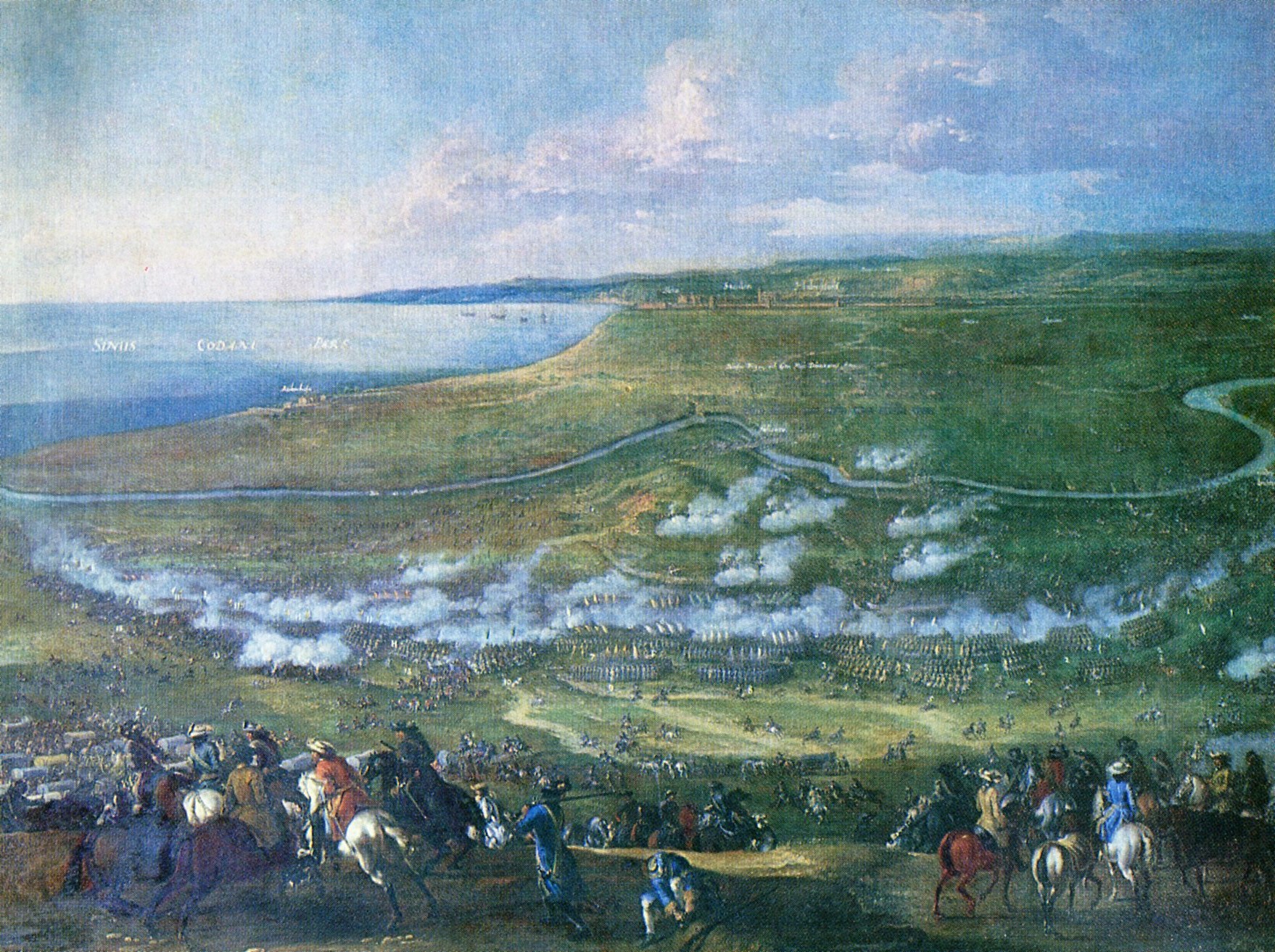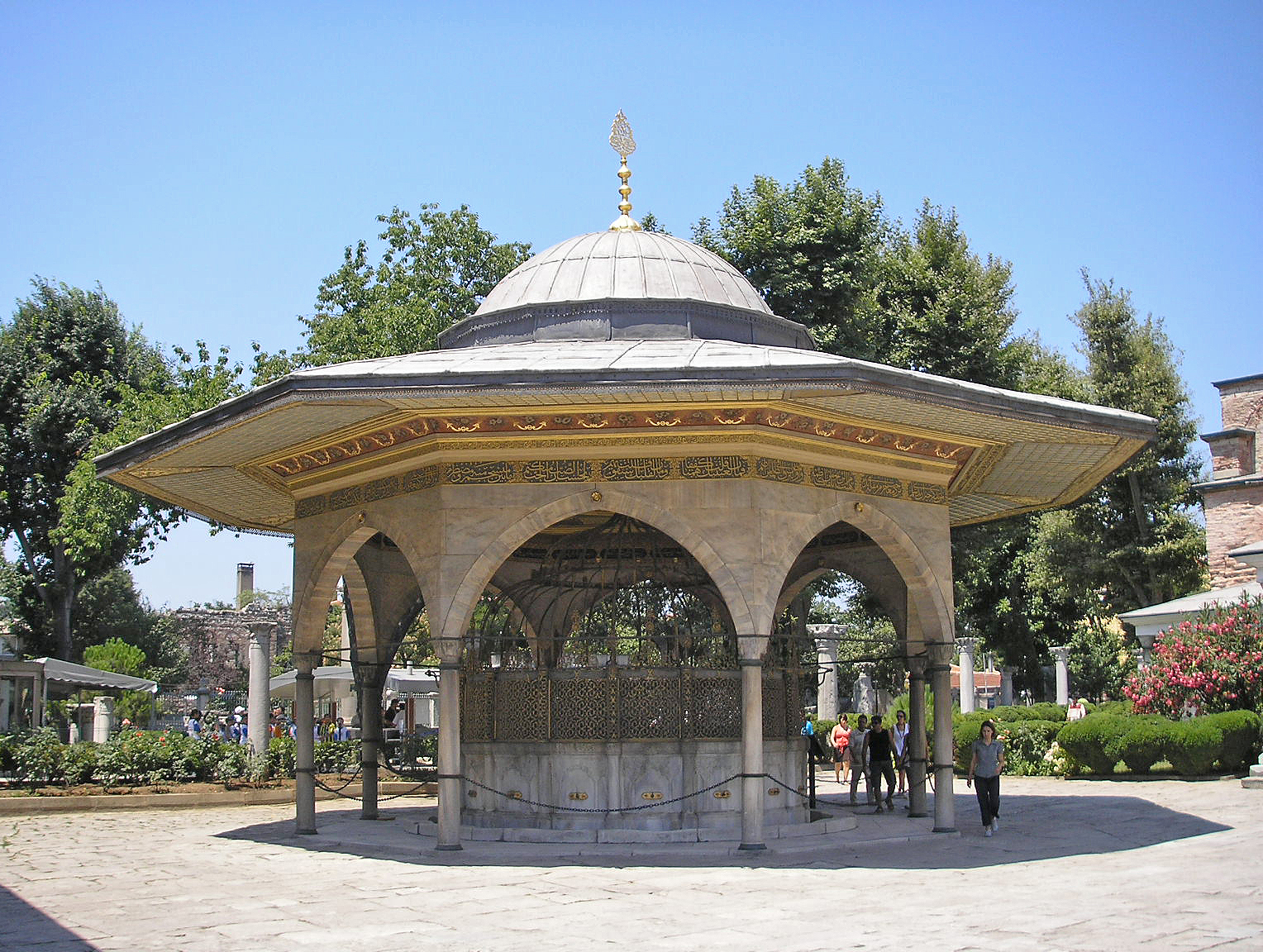|
Aziziye Mosque, Konya
Aziziye Mosque or (Aziziye Masjid) is an Ottoman mosque in Konya, Turkey. It is well-known for the columned balcony of its minaret, an architectural feature rarely seen in Turkish mosques. Location The Mosque is in the il√ße (district) of Karatay of Greater Konya at about . It is situated in the business center of the city. History The original Mosque had been commissioned between 1671 and 1676 by Damat Mustafa Pasha who was the husband of Hatice Sultan, the daughter of sultan Mehmet IV. But when it was ruined as a result of a fire in 1867, it was recommissioned by Pertevniyal, the mother of sultan Abd√ľlaziz in 1874. (Name ''Aziziye'' refers to Abd√ľlaziz) Architecture The mosque was built in the eclectic style of Ottoman architecture that prevailed under the tenure of the Balian architects in the mid-19th century, blending Empire and Neoclassical forms with traditional Ottoman mosque design. It has many features which make it one of a kind. It is a double minaret building. ... [...More Info...] [...Related Items...] OR: [Wikipedia] [Google] [Baidu] |
Islam
Islam (; ar, ŘėōßŔĄŔźō•ō≥ŔĄŔéōßŔÖ, , ) is an Abrahamic monotheistic religion centred primarily around the Quran, a religious text considered by Muslims to be the direct word of God (or ''Allah'') as it was revealed to Muhammad, the main and final Islamic prophet.Peters, F. E. 2009. "AllńĀh." In , edited by J. L. Esposito. Oxford: Oxford University Press. . (See alsoquick reference) " e Muslims' understanding of AllńĀh is based...on the Qur ŅńĀn's public witness. AllńĀh is Unique, the Creator, Sovereign, and Judge of mankind. It is AllńĀh who directs the universe through his direct action on nature and who has guided human history through his prophets, Abraham, with whom he made his covenant, Moses/Moosa, Jesus/Eesa, and MuŠł•ammad, through all of whom he founded his chosen communities, the 'Peoples of the Book.'" It is the world's second-largest religion behind Christianity, with its followers ranging between 1-1.8 billion globally, or around a quarter of the world' ... [...More Info...] [...Related Items...] OR: [Wikipedia] [Google] [Baidu] |
Balyan Family
The Balyan family ( hy, ’ä’°’¨’•’°’∂’∂’•÷Ä; tr, Balyan ailesi or ''Palyan ailesi'') was a prominent Armenian family in the Ottoman Empire consisting of court architects in the service of Ottoman sultans and other members of the Ottoman dynasty during the 18th and 19th centuries. For five generations, they designed and constructed numerous major buildings in the Ottoman Empire, including palaces, mansions, konaks, kiosks, yalis, mosques, churches, and various public buildings, mostly in Constantinople (present-day Istanbul). Ancestors Bali the Mason Bali or Balen the Mason ( tr, Meremmet√ßi Bali Kalfa or ''Meremmet√ßi Balen Kalfa''), a masonry craftsman from the Belen village of Karaman in central Anatolia, was the founder of the dynasty. He moved to Istanbul, where he learned of an Armenian palace architect of Sultan Mehmed IV (1648–1687), whom he met and replaced, being Armenian himself. When Bali died in 1725, his son Magar took his place as architect at th ... [...More Info...] [...Related Items...] OR: [Wikipedia] [Google] [Baidu] |
Mosques Completed In 1874
A mosque (; from ar, ŔÖŔéō≥Ŕíō¨ŔźōĮ, masjid, ; literally "place of ritual prostration"), also called masjid, is a place of prayer for Muslims. Mosques are usually covered buildings, but can be any place where prayers (sujud) are performed, including outdoor courtyards. The first mosques were simple places of prayer for Muslims, and may have been open spaces rather than buildings. In the first stage of Islamic architecture, 650-750 CE, early mosques comprised open and closed covered spaces enclosed by walls, often with minarets from which calls to prayer were issued. Mosque buildings typically contain an ornamental niche (''mihrab'') set into the wall that indicates the direction of Mecca (''qiblah''), ablution facilities. The pulpit (''minbar''), from which the Friday (jumu'ah) sermon (''khutba'') is delivered, was in earlier times characteristic of the central city mosque, but has since become common in smaller mosques. Mosques typically have segregated spaces for men and w ... [...More Info...] [...Related Items...] OR: [Wikipedia] [Google] [Baidu] |
Karatay District
Karatay or Karatai is a Turkic word that may refer to: Places *Karatay, Konya, a town and district of Konya Province, Turkey * Karatay, Russia, a rural locality (a village) in the Republic of Tatarstan, Russia *Caratai, Karatay, historical name of Castelu, Romania, from the times of the Ottoman Empire People *Qaratays, a Turkic (Tatar) ethnic group that lives near Karatay, Russia *Canan Karatay (born 1943), Turkish professor, medical doctor *Dursun Karatay (born 1984), Austrian footballer *Nefise Karatay (born 1976), Turkish actress *Karatai, birth surname of Maksim ŇĀuŇĺanin Maksim ŇĀuŇĺanin, (born Alaksandar AmvroŇõjevińć Karataj, Belarusian: –ú–į–ļ—Ā—Ė–ľ –õ—É–∂–į–Ĺ—Ė–Ĺ, Maksim Luzhanin (–ź–Ľ—Ź–ļ—Ā–įŐĀ–Ĺ–ī–į—Ä –ź–ľ–≤—Ä–ĺŐĀ—Ā—Ć–Ķ–≤—Ė—á –ö–į—Ä–į—ā–įŐĀ–Ļ), 2 November 1909, Prusy ‚Äď 13 October 2001, Minsk) was a Be ..., Belarusian writer and poet Turkish-language surnames {{Disambig, geo, surname ... [...More Info...] [...Related Items...] OR: [Wikipedia] [Google] [Baidu] |
1676 Establishments In The Ottoman Empire
Events January–March * January 29 – Feodor III becomes Tsar of Russia. * January 31 – Universidad de San Carlos de Guatemala, the oldest institution of higher education in Central America, is founded. * January – Six months into King Philip's War, Metacomet (King Philip), leader of the Algonquian tribe known as the Wampanoag, travels westward to the Mohawk nation, seeking an alliance with the Mohawks against the English colonists of New England; his efforts in creating such an alliance are a failure. * February 10 – After the Nipmuc tribe attacks Lancaster, Massachusetts, colonist Mary Rowlandson is taken captive, and lives with the Indians until May. * February 14 – Metacomet and his Wampanoags attack Northampton, Massachusetts; meanwhile, the Massachusetts Council debates whether a wall should be erected around Boston. * February 23 – While the Massachusetts Council debates how to handle the Christian Indians they had ex ... [...More Info...] [...Related Items...] OR: [Wikipedia] [Google] [Baidu] |
19th-century Mosques
The 19th (nineteenth) century began on 1 January 1801 ( MDCCCI), and ended on 31 December 1900 ( MCM). The 19th century was the ninth century of the 2nd millennium. The 19th century was characterized by vast social upheaval. Slavery was abolished in much of Europe and the Americas. The First Industrial Revolution, though it began in the late 18th century, expanding beyond its British homeland for the first time during this century, particularly remaking the economies and societies of the Low Countries, the Rhineland, Northern Italy, and the Northeastern United States. A few decades later, the Second Industrial Revolution led to ever more massive urbanization and much higher levels of productivity, profit, and prosperity, a pattern that continued into the 20th century. The Islamic gunpowder empires fell into decline and European imperialism brought much of South Asia, Southeast Asia, and almost all of Africa under colonial rule. It was also marked by the collapse of the lar ... [...More Info...] [...Related Items...] OR: [Wikipedia] [Google] [Baidu] |
Ottoman Mosques In Konya
Ottoman is the Turkish spelling of the Arabic masculine given name Uthman ( ar, ōĻŔŹōęŔíŔÖōßŔÜ, ‚ÄėuthmńĀn). It may refer to: Governments and dynasties * Ottoman Caliphate, an Islamic caliphate from 1517 to 1924 * Ottoman Empire, in existence from 1299 to 1922 ** Ottoman dynasty, ruling family of the Ottoman Empire *** Osmanońülu family, modern members of the family * Ottoman architecture Ethnicities and languages * Ottoman Armenians, the Armenian ethnic group in the Ottoman Empire * Ottoman Greeks, the Greek ethnic group in the Ottoman Empire * Ottoman Serbs, the Serbian ethnic group in the Ottoman Empire * Ottoman Turks, the Turkic ethnic group in the Ottoman Empire ** Ottoman Turkish alphabet ** Ottoman Turkish language, the variety of the Turkish language that was used in the Ottoman Empire Products * Ottoman bed, a type of storage bed * Ottoman (furniture), padded stool or footstool * Ottoman (textile), fabric with a pronounced ribbed or corded effect, often made of silk or ... [...More Info...] [...Related Items...] OR: [Wikipedia] [Google] [Baidu] |
Mosques In Konya
A mosque (; from ar, ŔÖŔéō≥Ŕíō¨ŔźōĮ, masjid, ; literally "place of ritual prostration"), also called masjid, is a place of prayer for Muslims. Mosques are usually covered buildings, but can be any place where prayers (sujud) are performed, including outdoor courtyards. The first mosques were simple places of prayer for Muslims, and may have been open spaces rather than buildings. In the first stage of Islamic architecture, 650-750 CE, early mosques comprised open and closed covered spaces enclosed by walls, often with minarets from which calls to prayer were issued. Mosque buildings typically contain an ornamental niche (''mihrab'') set into the wall that indicates the direction of Mecca (''qiblah''), ablution facilities. The pulpit (''minbar''), from which the Friday (jumu'ah) sermon (''khutba'') is delivered, was in earlier times characteristic of the central city mosque, but has since become common in smaller mosques. Mosques typically have segregated spaces for men and w ... [...More Info...] [...Related Items...] OR: [Wikipedia] [Google] [Baidu] |
Minbar
A minbar (; sometimes romanized as ''mimber'') is a pulpit in a mosque where the imam (leader of prayers) stands to deliver sermons (, '' khutbah''). It is also used in other similar contexts, such as in a Hussainiya where the speaker sits and lectures the congregation. Etymology The word is a derivative of the Arabic root ''n-b-r'' ("to raise, elevate"); the Arabic plural is ''manńĀbir'' ( ar, ŔÖŔéŔÜōßō®ŔźōĪ). Function and form The minbar is symbolically the seat of the imam who leads prayers in the mosque and delivers sermons. In the early years of Islam, this seat was reserved for the Islamic prophet Muhammad and later for the caliphs who followed him, each of whom was officially the imam of the whole Muslim community, but it eventually became standard for all Friday mosques and was used by the local imam. Nonetheless, the minbar retained its significance as a symbol of authority. While minbars are roughly similar to church pulpits, they have a function and posit ... [...More Info...] [...Related Items...] OR: [Wikipedia] [Google] [Baidu] |
Mihrab
Mihrab ( ar, ŔÖō≠ōĪōßō®, ', pl. ') is a niche in the wall of a mosque that indicates the '' qibla'', the direction of the Kaaba in Mecca towards which Muslims should face when praying. The wall in which a ''mihrab'' appears is thus the "qibla wall". The '' minbar'', which is the raised platform from which an imam (leader of prayer) addresses the congregation, is located to the right of the mihrab. Etymology The origin of the word ''miŠł•rńĀb'' is complicated and multiple explanations have been proposed by different sources and scholars. It may come from Old South Arabian (possibly Sabaic) ''mŠł•rb'' meaning a certain part of a palace, as well as "part of a temple where ''tŠł•rb'' (a certain type of visions) is obtained," from the root word ''Šł•rb'' "to perform a certain religious ritual (which is compared to combat or fighting and described as an overnight retreat) in the ''mŠł•rb'' of the temple." It may also possibly be related to Ethiopic ''m…ôk ∑rab'' "temple, sa ... [...More Info...] [...Related Items...] OR: [Wikipedia] [Google] [Baidu] |
Sadirvan
A shadirvan ( fa, ōīōßōĮōĪŔąōßŔÜ, tr, ŇüadńĪrvan, ar, ōīōßōįōĪŔąōßŔÜ) is a type of fountain that is usually built in the courtyard or near the entrance of mosques, caravanserais, khanqah A khanqah ( fa, ōģōßŔÜŔāōßŔá) or khangah ( fa, ōģōßŔÜŕĮōßŔá; also transliterated as ''khankah'', ''khaneqa'', ''khanegah'' or ''khaneqah''; also Arabized ''hanegah'', ''hanikah'', ''hanekah'', ''khankan''), also known as a ribat (), is a buildin ...s, and madrasas, with the main purpose of providing water for drinking or ritual ablutions to several people at the same time, but also as decorative visual or sound elements. Shadirvan are Persian in origin and, with a curtain or drape, were originally placed in the tents of rulers or on the balconies of palaces. They are a typical element of Ottoman architecture. See also * Cantharus, a similar fountain in Christian places of worship * Howz * Sebil or sabil, public water fountain in Islamic countries References External links ... [...More Info...] [...Related Items...] OR: [Wikipedia] [Google] [Baidu] |
Ňüerefe (minaret)
In Islamic architecture Islamic architecture comprises the architectural styles of buildings associated with Islam. It encompasses both secular and religious styles from the early history of Islam to the present day. The Islamic world encompasses a wide geographic ..., Ňěerefe is an architectural element of a mosque minaret. Ňěerefe is a wraparound balcony of a minaret where the muezzin (person who calls for prayer) recites the adhan, ezan. Although now the ezan is typically recited by modern equńĪpment without using the Ňüerefe, the Ňüerefes are still considered as essential parts of a minaret. Access to Ňüerefe is via a staircase in the minaret and the door of the Ňüerefe is on the side facing the Qibla In most mosques there is only one Ňüerefe in a minaret. But in bigger mosques and especially in Mosques commissioned by the Ottoman dynasty#Sel√Ętin mosques, Selatin mosques of the Ottoman Empire there may be more than one Ňüerefe in a minaret. For example Sultan Ahmed ... [...More Info...] [...Related Items...] OR: [Wikipedia] [Google] [Baidu] |
.jpg)




_p183_MIMBAR_IN_DJAM√ĄA_EL-KEBIR_(cropped).jpg)
.jpg)

